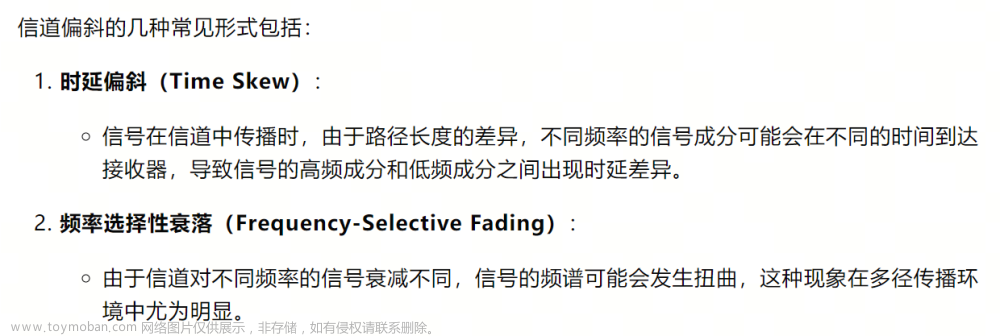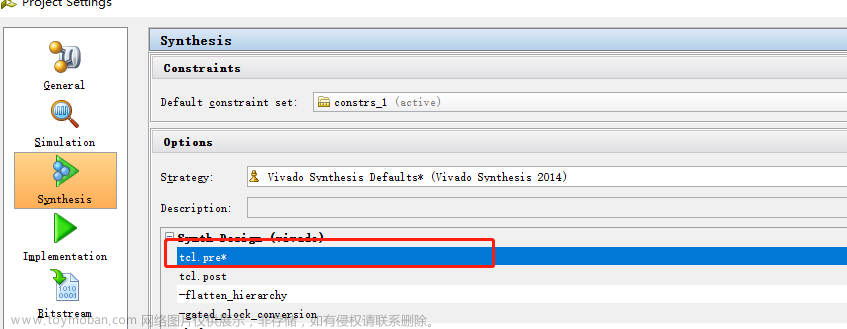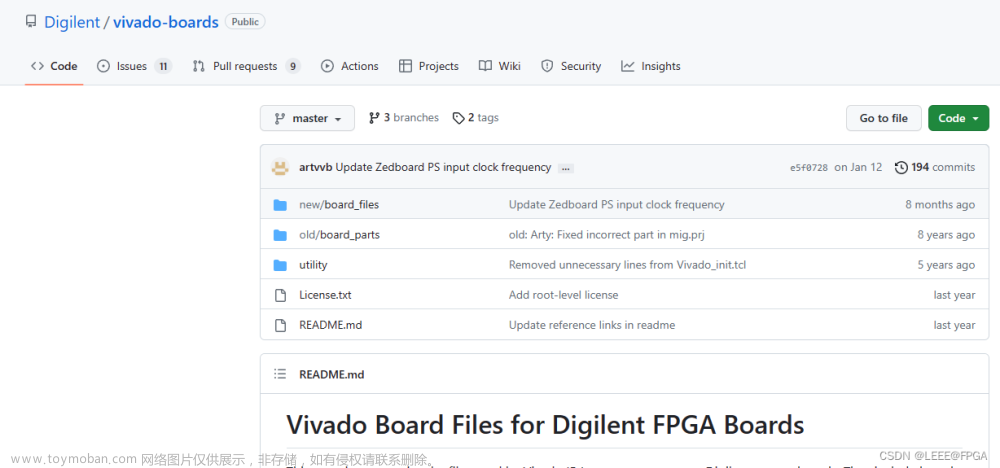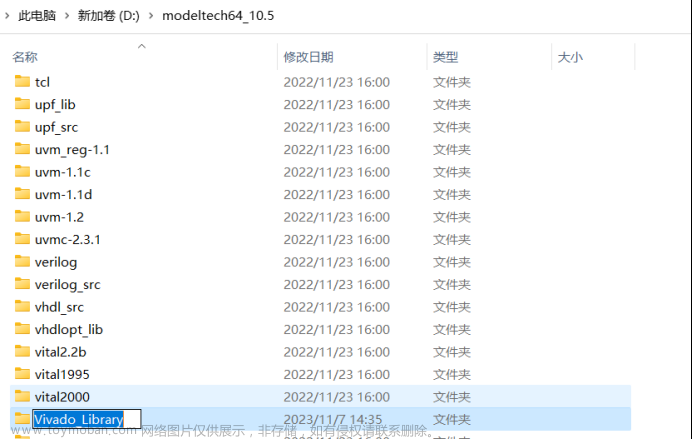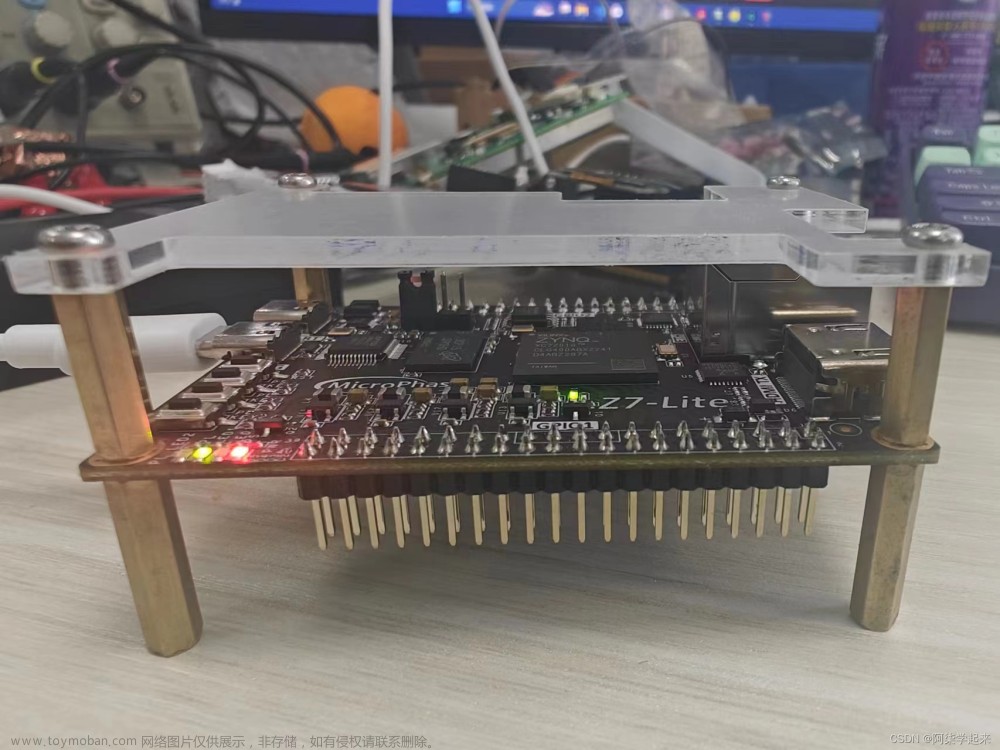这篇具有很好参考价值的文章主要介绍了vivado Convergent Rounding (LSB CorrectionTechnique)。希望对大家有所帮助。如果存在错误或未考虑完全的地方,请大家不吝赐教,您也可以点击"举报违法"按钮提交疑问。
DSP块基元利用模式检测电路来计算收敛舍入(要么为偶数,要么为奇数)。以下是收敛舍入推理的示例,它在块满时进行推理并且还推断出2输入and门(1 LUT)以实现LSB校正。文章来源地址https://www.toymoban.com/news/detail-832874.html
Rounding to Even (Verilog)
Filename: convergentRoundingEven.v
// Convergent rounding(Even) Example which makes use of pattern detect
// File: convergentRoundingEven.v
module convergentRoundingEven (
input clk,
input [23:0] a,
input [15:0] b,
output reg signed [23:0] zlast
);
reg signed [23:0] areg;
reg signed [15:0] breg;
reg signed [39:0] z1;
reg pattern_detect;
wire [15:0] pattern = 16'b0000000000000000;
wire [39:0] c = 40'b0000000000000000000000000111111111111111; // 15 ones
wire signed [39:0] multadd;
wire signed [15:0] zero;
reg signed [39:0] multadd_reg;
// Convergent Rounding: LSB Correction Technique
// ---------------------------------------------
// For static convergent rounding, the pattern detector can be used
// to detect the midpoint case. For example, in an 8-bit round, if
// the decimal place is set at 4, the C input should be set to
// 0000.0111. Round to even rounding should use CARRYIN = "1" and
// check for PATTERN "XXXX.0000" and replace the units place with 0
// if the pattern is matched. See UG193 for more details.
assign multadd = z1 + c + 1'b1;
always @(posedge clk)
begin
areg <= a;
breg <= b;
z1 <= areg * breg;
pattern_detect <= multadd[15:0] == pattern ? 1'b1 : 1'b0;
multadd_reg <= multadd;
end
// Unit bit replaced with 0 if pattern is detected
always @(posedge clk)
zlast <= pattern_detect ? {multadd_reg[39:17],1'b0} : multadd_reg[39:16];
endmodule // convergentRoundingEven
Rounding to Even (VHDL)
Filename: convergentRoundingEven.vhd
-- Convergent rounding(Even) Example which makes use of pattern detect
-- File: convergentRoundingEven.vhd
library ieee;
use ieee.std_logic_1164.all;
use ieee.numeric_std.all;
entity convergentRoundingEven is
port (clk : in std_logic;
a : in std_logic_vector (23 downto 0);
b : in std_logic_vector (15 downto 0);
zlast : out std_logic_vector (23 downto 0));
end convergentRoundingEven;
architecture beh of convergentRoundingEven is
signal ar : signed(a'range);
signal br : signed(b'range);
signal z1 : signed(a'length + b'length - 1 downto 0);
signal multaddr : signed(a'length + b'length - 1 downto 0);
signal multadd : signed(a'length + b'length - 1 downto 0);
signal pattern_detect : boolean;
constant pattern : signed(15 downto 0) := (others => '0');
constant c : signed := "0000000000000000000000000111111111111111";
-- Convergent Rounding: LSB Correction Technique
-- ---------------------------------------------
-- For static convergent rounding, the pattern detector can be used
-- to detect the midpoint case. For example, in an 8-bit round, if
-- the decimal place is set at 4, the C input should be set to
-- 0000.0111. Round to even rounding should use CARRYIN = "1" and
-- check for PATTERN "XXXX.0000" and replace the units place with 0
-- if the pattern is matched. See UG193 for more details.
begin
multadd <= z1 + c + 1;
process(clk)
begin
if rising_edge(clk) then
ar <= signed(a);
br <= signed(b);
z1 <= ar * br;
multaddr <= multadd;
if multadd(15 downto 0) = pattern then
pattern_detect <= true;
else
pattern_detect <= false;
end if;
end if;
end process;
-- Unit bit replaced with 0 if pattern is detected
process(clk)
begin
if rising_edge(clk) then
if pattern_detect = true then
zlast <= std_logic_vector(multaddr(39 downto 17)) & "0";
else
zlast <= std_logic_vector(multaddr(39 downto 16));
end if;
end if;
end process;
end beh;
Rounding to Odd (Verilog)
Filename: convergentRoundingOdd.v
// Convergent rounding(Odd) Example which makes use of pattern detect
// File: convergentRoundingOdd.v
module convergentRoundingOdd (
input clk,
input [23:0] a,
input [15:0] b,
output reg signed [23:0] zlast
);
reg signed [23:0] areg;
reg signed [15:0] breg;
reg signed [39:0] z1;
reg pattern_detect;
wire [15:0] pattern = 16'b1111111111111111;
wire [39:0] c = 40'b0000000000000000000000000111111111111111; // 15 ones
wire signed [39:0] multadd;
wire signed [15:0] zero;
reg signed [39:0] multadd_reg;
// Convergent Rounding: LSB Correction Technique
// ---------------------------------------------
// For static convergent rounding, the pattern detector can be
// used to detect the midpoint case. For example, in an 8-bit
// round, if the decimal place is set at 4, the C input should
// be set to 0000.0111. Round to odd rounding should use
// CARRYIN = "0" and check for PATTERN "XXXX.1111" and then
// replace the units place bit with 1 if the pattern is
// matched. See UG193 for details
assign multadd = z1 + c;
always @(posedge clk)
begin
areg <= a;
breg <= b;
z1 <= areg * breg;
pattern_detect <= multadd[15:0] == pattern ? 1'b1 : 1'b0;
multadd_reg <= multadd;
end
always @(posedge clk)
zlast <= pattern_detect ? {multadd_reg[39:17],1'b1} : multadd_reg[39:16];
endmodule // convergentRoundingOdd
Rounding to Odd (VHDL)
Filename: convergentRoundingOdd.vhd
-- Convergent rounding(Odd) Example which makes use of pattern detect
-- File: convergentRoundingOdd.vhd
library ieee;
use ieee.std_logic_1164.all;
use ieee.numeric_std.all;
entity convergentRoundingOdd is
port (clk : in std_logic;
a : in std_logic_vector (23 downto 0);
b : in std_logic_vector (15 downto 0);
zlast : out std_logic_vector (23 downto 0));
end convergentRoundingOdd;
architecture beh of convergentRoundingOdd is
signal ar : signed(a'range);
signal br : signed(b'range);
signal z1 : signed(a'length + b'length - 1 downto 0);
signal multadd, multaddr : signed(a'length + b'length - 1 downto 0);
signal pattern_detect : boolean;
constant pattern : signed(15 downto 0) := (others => '1');
constant c : signed := "0000000000000000000000000111111111111111";
-- Convergent Rounding: LSB Correction Technique
-- ---------------------------------------------
-- For static convergent rounding, the pattern detector can be
-- used to detect the midpoint case. For example, in an 8-bit
-- round, if the decimal place is set at 4, the C input should
-- be set to 0000.0111. Round to odd rounding should use
-- CARRYIN = "0" and check for PATTERN "XXXX.1111" and then
-- replace the units place bit with 1 if the pattern is
-- matched. See UG193 for details
begin
multadd <= z1 + c;
process(clk)
begin
if rising_edge(clk) then
ar <= signed(a);
br <= signed(b);
z1 <= ar * br;
multaddr <= multadd;
if multadd(15 downto 0) = pattern then
pattern_detect <= true;
else
pattern_detect <= false;
end if;
end if;
end process;
process(clk)
begin
if rising_edge(clk) then
if pattern_detect = true then
zlast <= std_logic_vector(multaddr(39 downto 17)) & "1";
else
zlast <= std_logic_vector(multaddr(39 downto 16));
end if;
end if;
end process;
end beh;
文章来源:https://www.toymoban.com/news/detail-832874.html
到了这里,关于vivado Convergent Rounding (LSB CorrectionTechnique)的文章就介绍完了。如果您还想了解更多内容,请在右上角搜索TOY模板网以前的文章或继续浏览下面的相关文章,希望大家以后多多支持TOY模板网!
本文来自互联网用户投稿,该文观点仅代表作者本人,不代表本站立场。本站仅提供信息存储空间服务,不拥有所有权,不承担相关法律责任。如若转载,请注明出处: 如若内容造成侵权/违法违规/事实不符,请点击违法举报进行投诉反馈,一经查实,立即删除!


